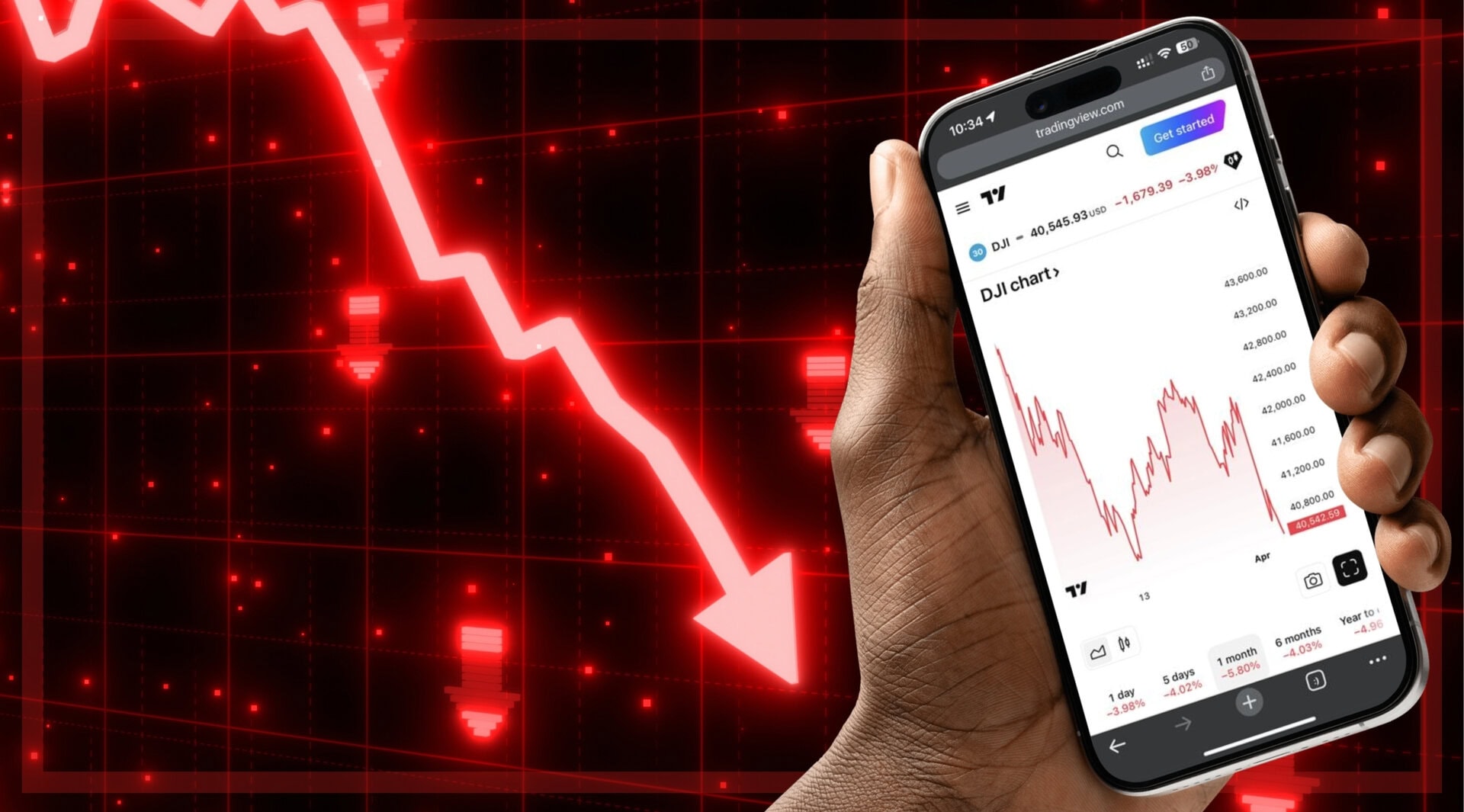When Cathie Wood threw her lot behind Coinbase, you thought that Coinbase, a pioneer in the crypto space, star would rise. Today there are only two stars in the crypto space. Followed by millions of retail investors across the world, neither of them is Coinbase.
Apart from TradingView showing a vaguely ‘Neutral’ market sentiment now the shareprice is above $300 again. Coinbase stock is trading well below its opening day price of $381 back in April.
Cathie Wood’s Ark Investment bought $580 million of Coinbase stock just after they debuted in April. However, the investment firm recently u-turned on some of that holding. It might have been as little as 98,000 shares that was sold by Ark Investment (in this case). However, it is not an isolated incident. All of this from an initial holding of near to 1.9 million shares.
Ark Investment Management Company sold more than 100,000 Coinbase shares for the first time, and currently has a total position of more than 1.1 billion U.S. dollars #BTC #USDT pic.twitter.com/cCHy8JAgpN
— Bigbit (@Bigbit100) October 13, 2021
But why sell them at all? Surely Coinbase is / was going places? It was supposed to hit $500 per share sometime soon. At least.
Rick Munarriz wrote for Motley Fool about Coinbase just a week ago. He pointed out how he believed that “Wall Street has underestimated the platform’s bottom-line results in its first two quarters as a public company.” He concluded by stating how Coinbase is the undisputed market leader. But is it?
Coinbase third quarter Q3 earnings
Some of the underlying indicators of stock performance were surprisingly good. Coinbase grew revenue +325.9% year on year, whilst still coming in below expectations. However, more worryingly, the platform lost users.
UPDATE: Q3 financial results are in
— Coinbase (@coinbase) November 9, 2021
Check out our shareholder letter, which includes Q3 financial results, and a quick recap below.
Shareholder letter 👉https://t.co/wtfNeyIu9O pic.twitter.com/Gnp4liC0sH
“Q3 retail MTUs (monthly tracked users) were 7.4 million, a decline of 1.4 million or 16% compared to Q2.” Reads Coinbase’s Form 8-K report submitted to the U.S. Securities and Exchange Commission on the 9th of November.
The bad news doesn’t stop there. Further in the report Coinbase highlight how, “according to the World Bank and crypto.com, the number of crypto users globally doubled in he first half of 2021 to over 200 million – and the rate of user growth is accelerating.”
At the same time as Coinbase has watched its user base shrink.
Coinbase have had lower than anticipated sales and marketing expenses in Q3, the report continues. They anticipate that sales and marketing expenses will be approximately 10% of net revenue for full-year 2021. Compared to what the firm spends on technology and development, marketing is less than 7% of that amount today, let alone of the net revenue.
And even though it may just be an afterthought, they have announced that Coinbase is the exclusive cryptocurrency platform partner of the NBA.
PIMCO are also now a client of Coinbase, a huge step forward for the traditional finance industry, and for Coinbase. Perhaps it shows that the cryptocurrency platform has an appetite for more institutional investors.
Generally, though, another dismal performance. Leading to questions like: Did the leadership team have something else on their mind?
Coinbase focuses on regulation
Cryptocurrency platforms are never far away from the headlines when it comes to regulation. And Coinbase has had a special role to play in the regulatory landscape. In September, Coinbase CEO Brian Armstrong took on the U.S. Securities and Exchange Commission. Accusing them of “sketchy behavior” and “intimidation tactics”. Normally it’s the other way around…
SEC threats kept Coinbase from paying customers to lend out their crypto. No matter – it’s still paying rates as high as 5% to users who stake their holdings. What’s the difference? https://t.co/W1zVooOLys
— Bloomberg Crypto (@crypto) November 25, 2021
In October, the cryptocurrency platform went a step further. Faryar Shirzad, Chief Policy Officer of Coinbase, announced the ‘Digital Asset Policy Proposal: Safeguarding America’s Financial Leadership’. In it Faryar takes a small dig at how regulation is setup:
“Laws drafted in the 1930s to facilitate effective oversight of our financial system could not contemplate this technological revolution. Elements of those laws do not have room for the transformational potential that digital assets and crypto innovation make possible.”
Using surveys amongst a diverse group of Americans as his main argument for regulatory change, Faryar continued by extolling four ‘Pillars’.
Pillar One: Regulate Digital Assets Under a Separate Framework
Pillar Two: Designate One Regulator for Digital Asset Markets
Pillar Three: Protect and Empower Holders of Digital Assets
Pillar Four: Promote Interoperability and Fair Competition
He ended the announcement by encouraging debate, with both Coinbase as well as elected officials.
It may seem somewhat idealistic. But, looking at what is happening in the wider market with platforms such as Binance, it is probably very necessary.
What happened to Kraken and Coinbase? And who are all these new cryptocurrency exchanges?
— Digital Startup (@digitalstartup5) November 25, 2021
Why would anyone invest in unknown firms like some of those below?#CryptoCurrency #NewPlayers pic.twitter.com/j7wajt0rKj
It’s a shame that it might be happening at the cost of growing Coinbase’s market-share. Armstrong’s Coinbase as well as BlockFi have both been pulled up by the SEC for offering users ‘high returns’. Something that led to Armstrong’s tirade in the first place. Something that other exchanges may not have thought to run past the regulator.
Is Coinbase stock linked to bitcoin performance?
One could argue that Coinbase stock performs similarly to bitcoin. But it is not the whole story. Bitcoin was above $60,000 when Coinbase listed, today both Coinbase stock and bitcoin have dropped below their initial highs.
At the same time, ethereum has almost doubled to new highs of $4000 today. Many other ‘altcoins’ have followed ethereum’s trajectory. All these digital assets are listed on Coinbase. According to CoinMarketCap’s site, the value of the entire digital assets industry has grown from around $2 trillion when Coinbase listed, to at least $2.5 trillion today:
Three Trillion Dollars #Worth of #Crypto💰@statista https://t.co/BOyo9kvUj3 #Marketcap #economy #investment #FP #NFT #fundraising #Cryptocurrency #Bitcoin #finance #DigitalPayments #Valuation #DLT #AI #startup #money #Markets #Fintech #eCommerce #DigitalCurrency #AssetManagement pic.twitter.com/hAMd74nkCQ
— Hiroyuki Onishi (@noikeanolife) November 10, 2021
Add to that the huge excitement surrounding Decentralized Finance (DeFi). Coinbase has been involved in the newest of crypto’s ecosystem for some time now, additionally investing in DeFi through its new vehicle ‘Coinbase Ventures’.
Ideally Coinbase should be linked to the performance of the cryptocurrency industry, it’s just that during the last quarter it seems to have fallen out of pace. What could this mean for the wider industry?
Cryptocurrency platforms need regulation, not Coinbase
By listing on a public exchange, Armstrong has been trying to build transparency and trust around Coinbase. With varying degrees of success.
On the one hand, during the IPO, Armstrong’s personal financial situation was highlighted. On the other, even though he has clearly made his millions, there is regulatory expectation resting heavily upon him. Much like rested on the shoulders of Bill Gates before he stepped aside from Microsoft. Much like Larry Page and Sergey Brin who stepped aside at Google, now Alphabet. Like Jeff Bezos who just announced his departure from the role of CEO of Amazon. Perhaps the regulatory scrutiny took its toll on them too.
And while Armstrong has his hands full trying to help the U.S. lead in the crypto space, others are trying to take a slice of the pie. And they aren’t showing the same restraint or temperance that Armstrong is. Instead of tackling Washington, perhaps Armstrong should turn his attention back to his competitors. Before Coinbase loses even more monthly users.
Author: Andy Samu
#Crypto #CryptoExchange #CryptoCurrency #Coinbase #Bitcoin #SEC #BrianArmstrong #FourPillars #RegulatoryFramework #DigitalAssets
Check out our Feature covering the Coinbase IPO from April: The dismal debut IPO of Coinbase | Disruption Banking
Disclaimer:
The Editorial Team at #DisruptionBanking have taken all precautions to ensure that no persons or organisations have been adversely affected or offered any sort of financial advice in this Article. This Article is most definitely not Financial Advice.
















One Response